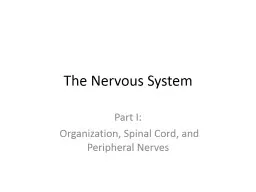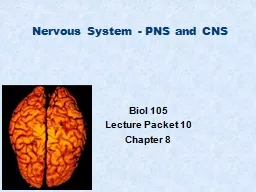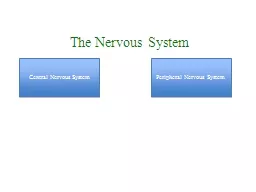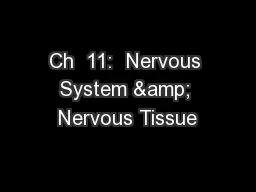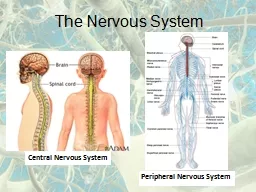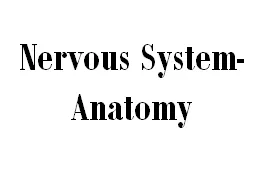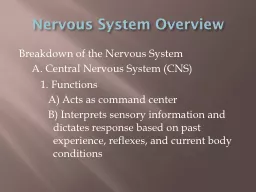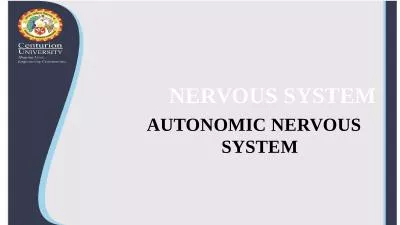PPT-The Nervous System Part I:
Author : olivia-moreira | Published Date : 2020-04-03
Organization Spinal Cord and Peripheral Nerves Introduction Most of the rapid changes in a vertebrates internal or external environments are mediated by the nervous
Presentation Embed Code
Download Presentation
Download Presentation The PPT/PDF document " The Nervous System Part I:" is the property of its rightful owner. Permission is granted to download and print the materials on this website for personal, non-commercial use only, and to display it on your personal computer provided you do not modify the materials and that you retain all copyright notices contained in the materials. By downloading content from our website, you accept the terms of this agreement.
The Nervous System Part I:: Transcript
Download Rules Of Document
" The Nervous System Part I:"The content belongs to its owner. You may download and print it for personal use, without modification, and keep all copyright notices. By downloading, you agree to these terms.
Related Documents

